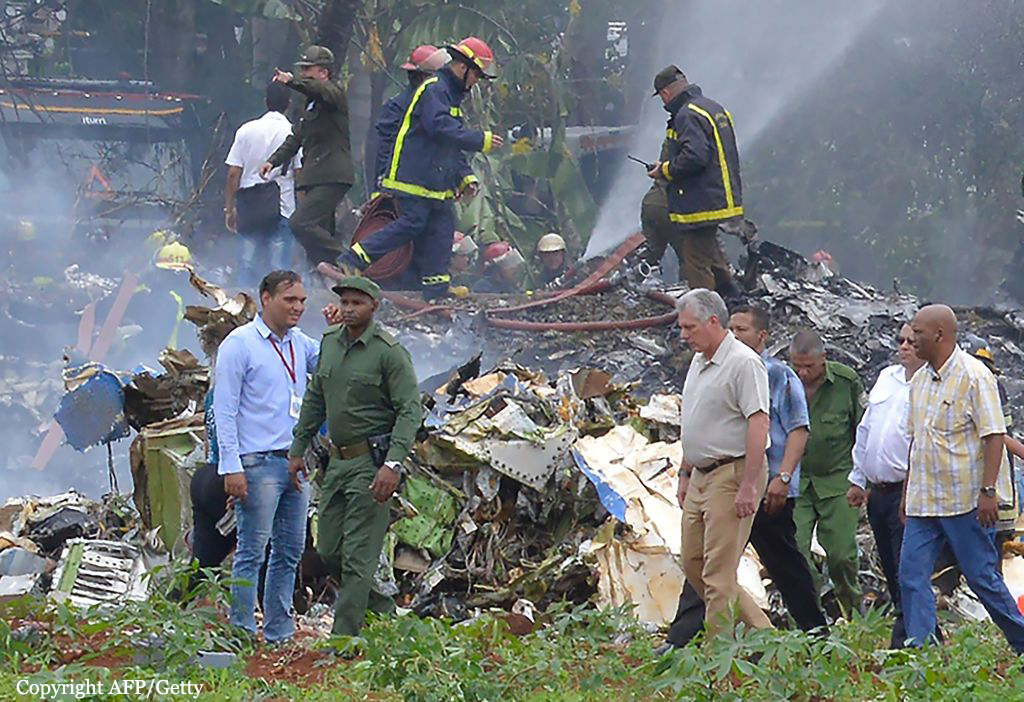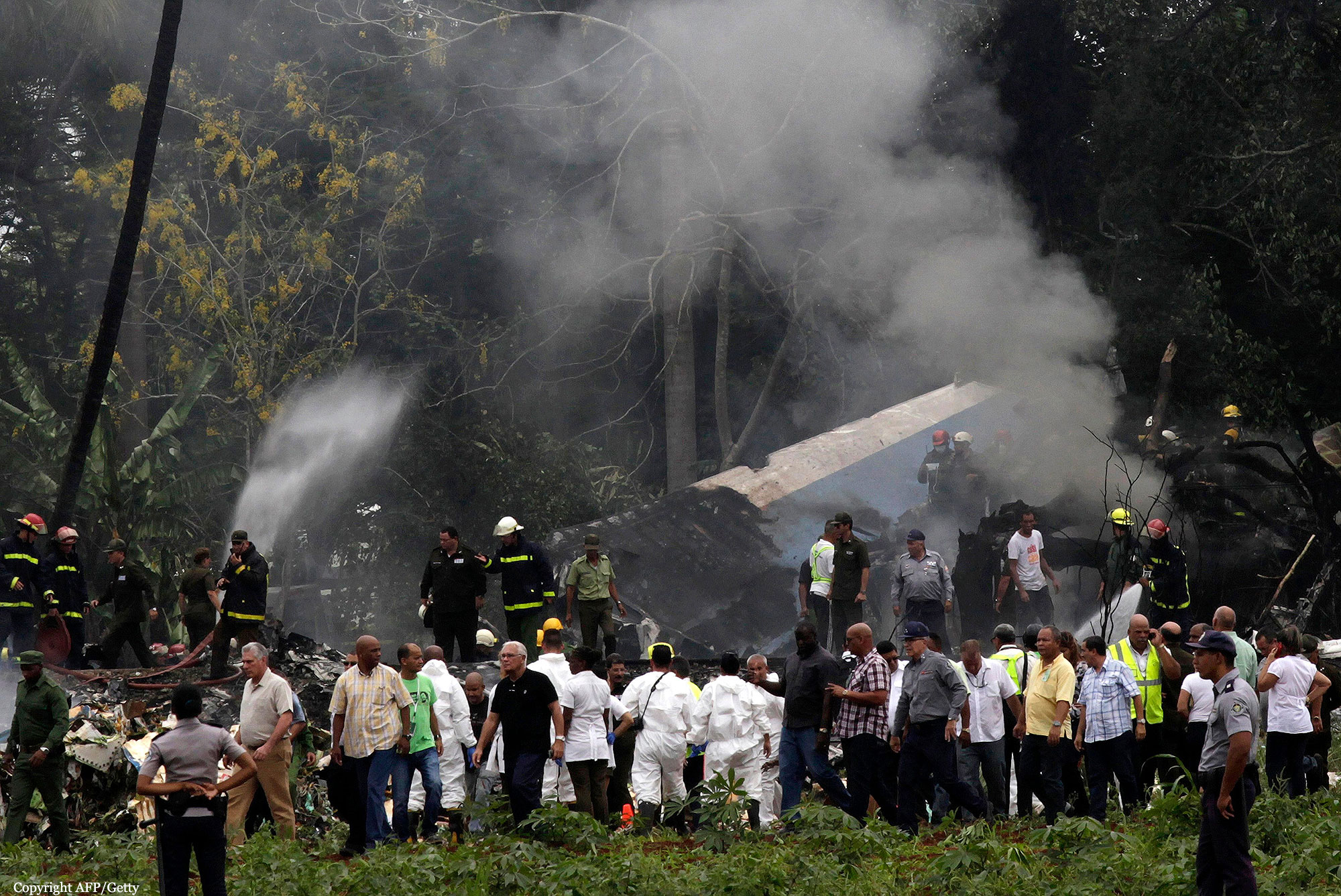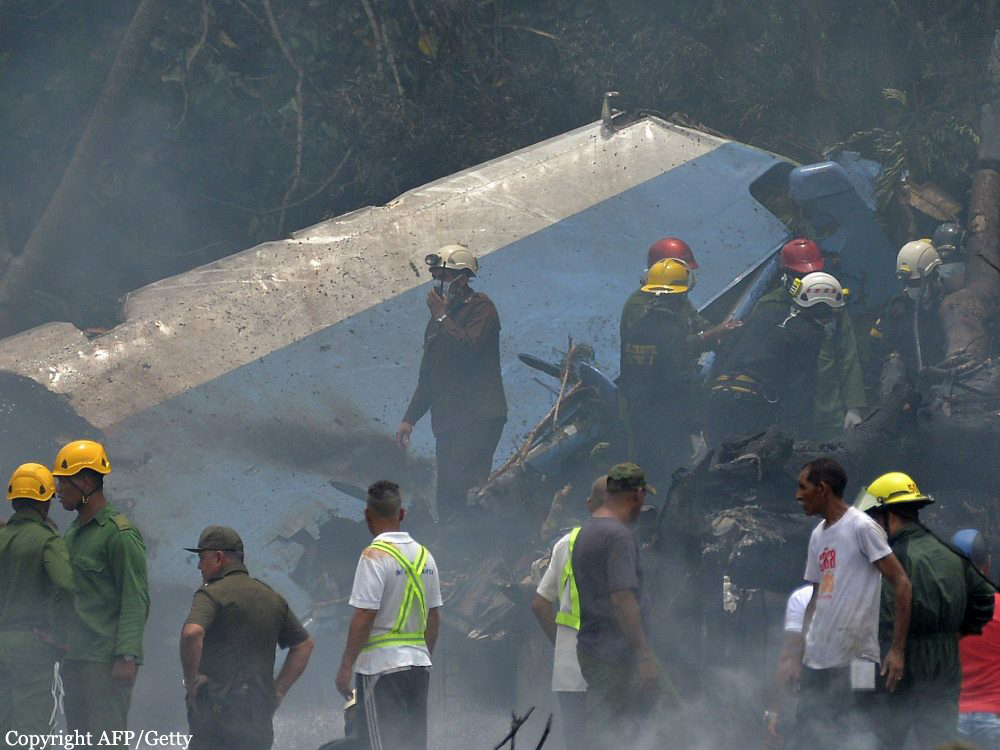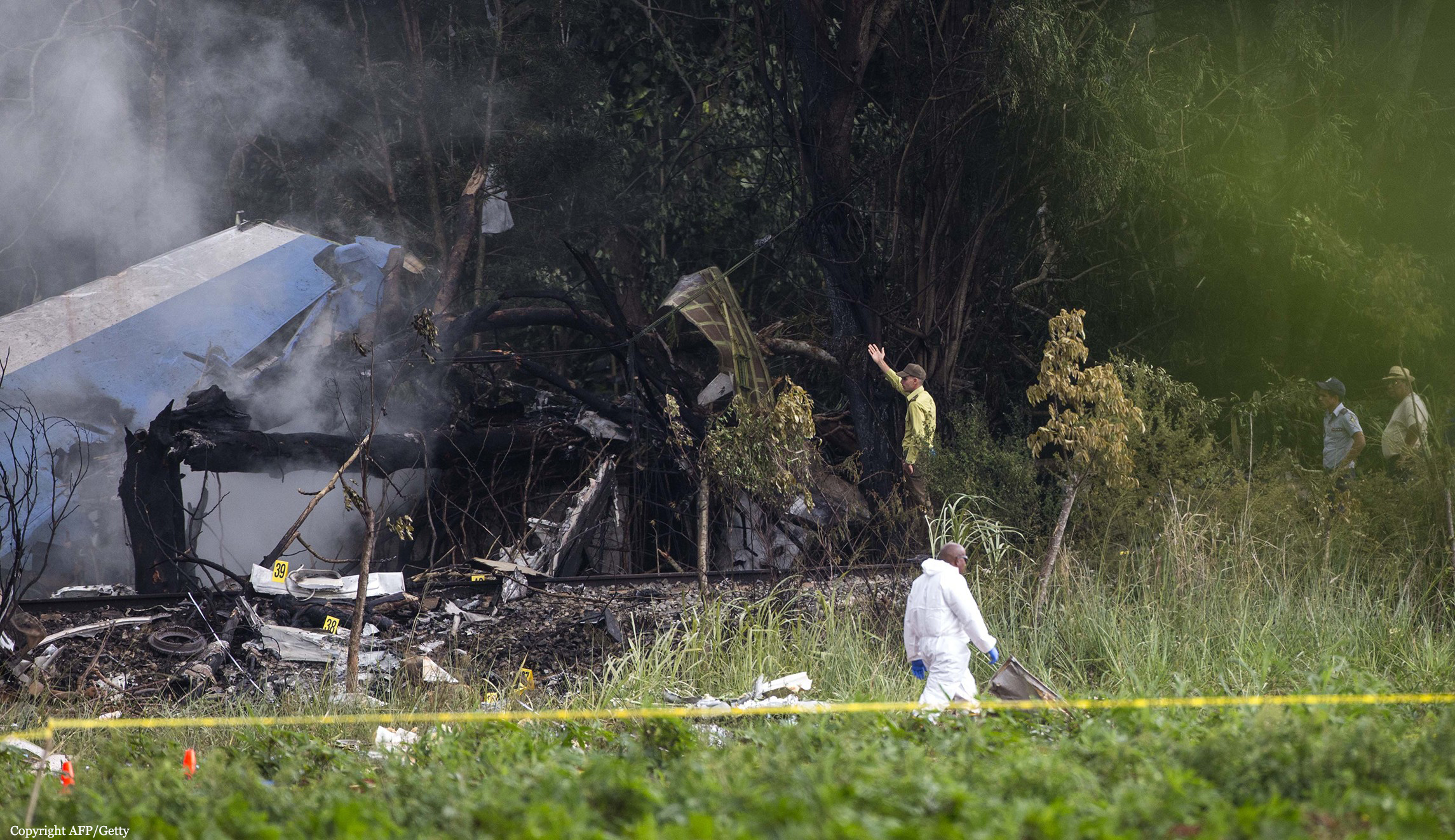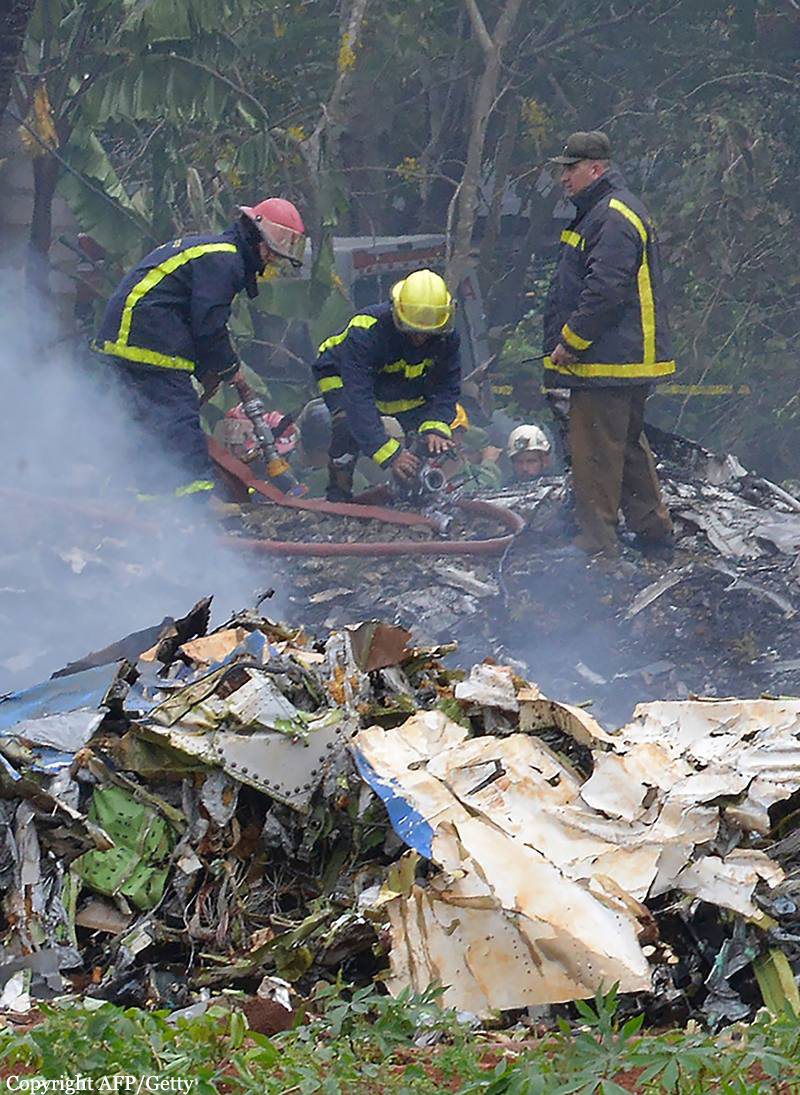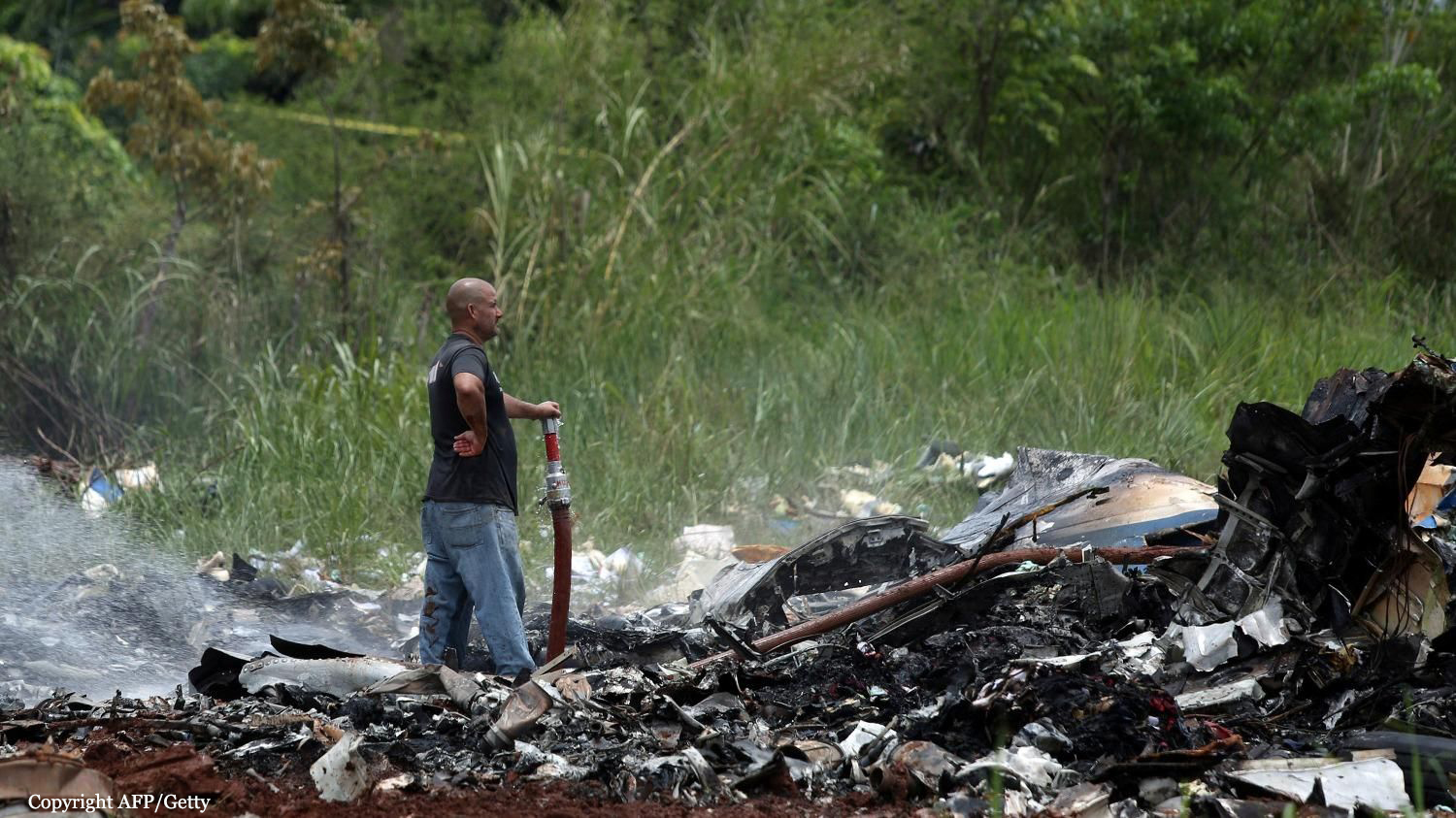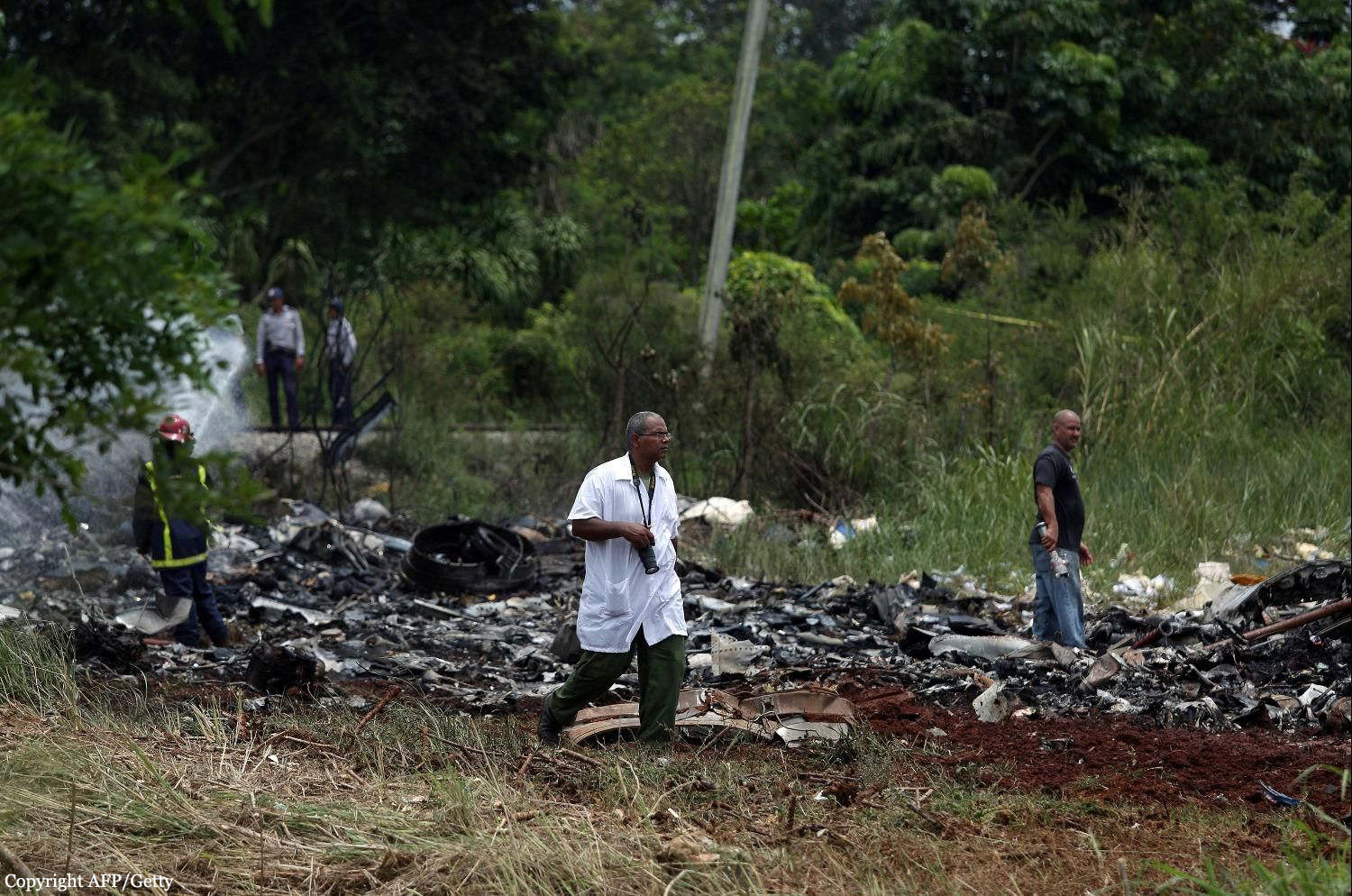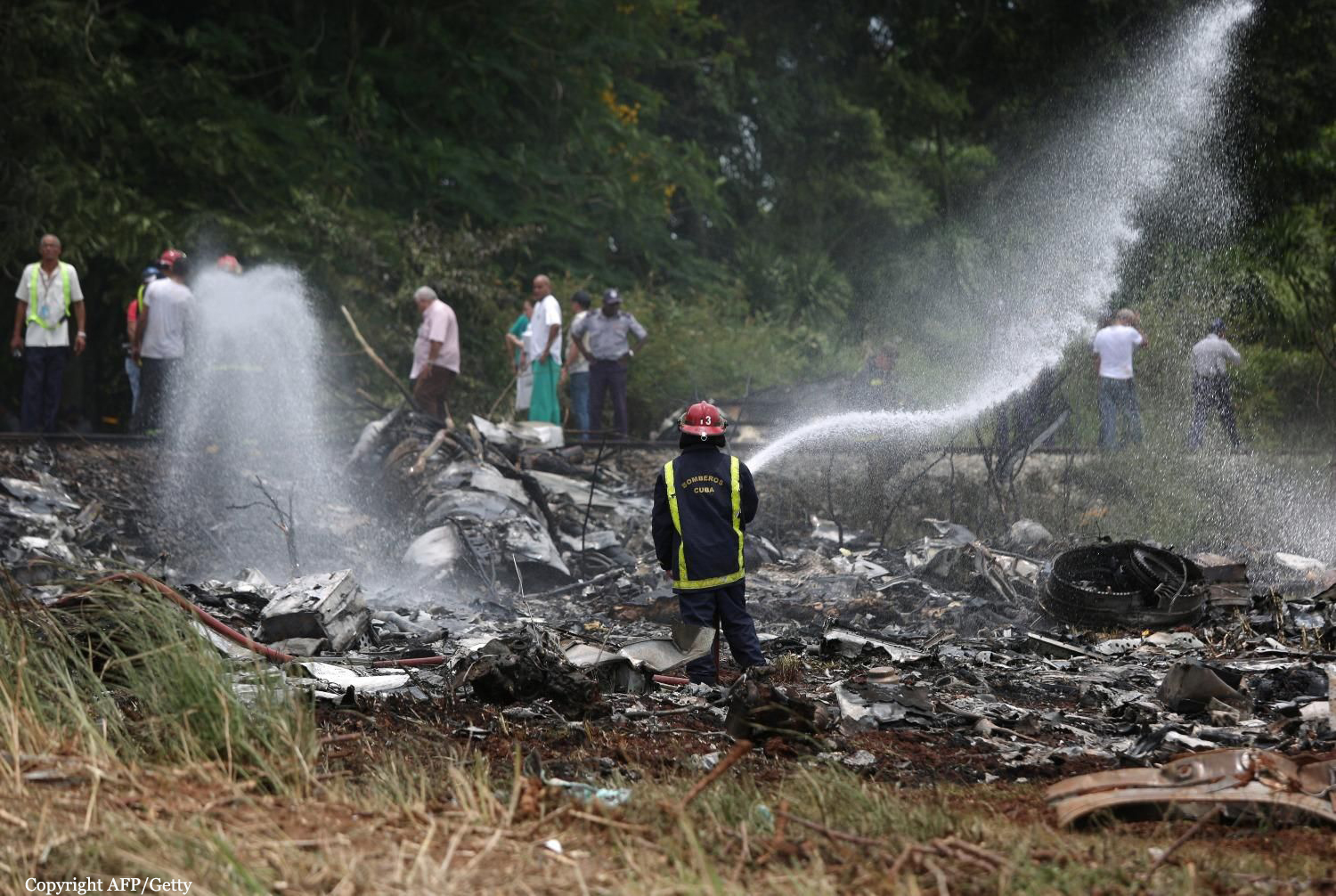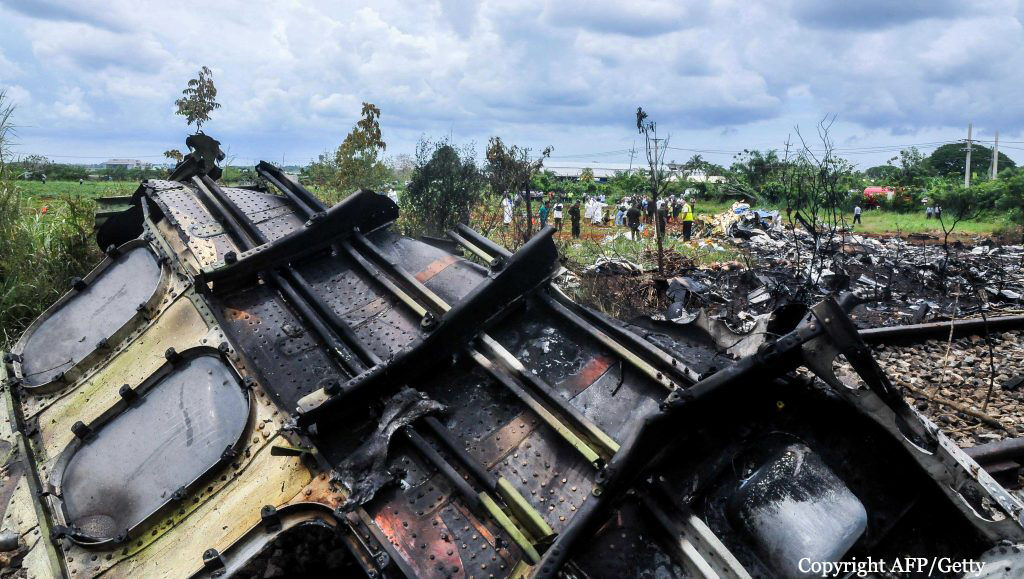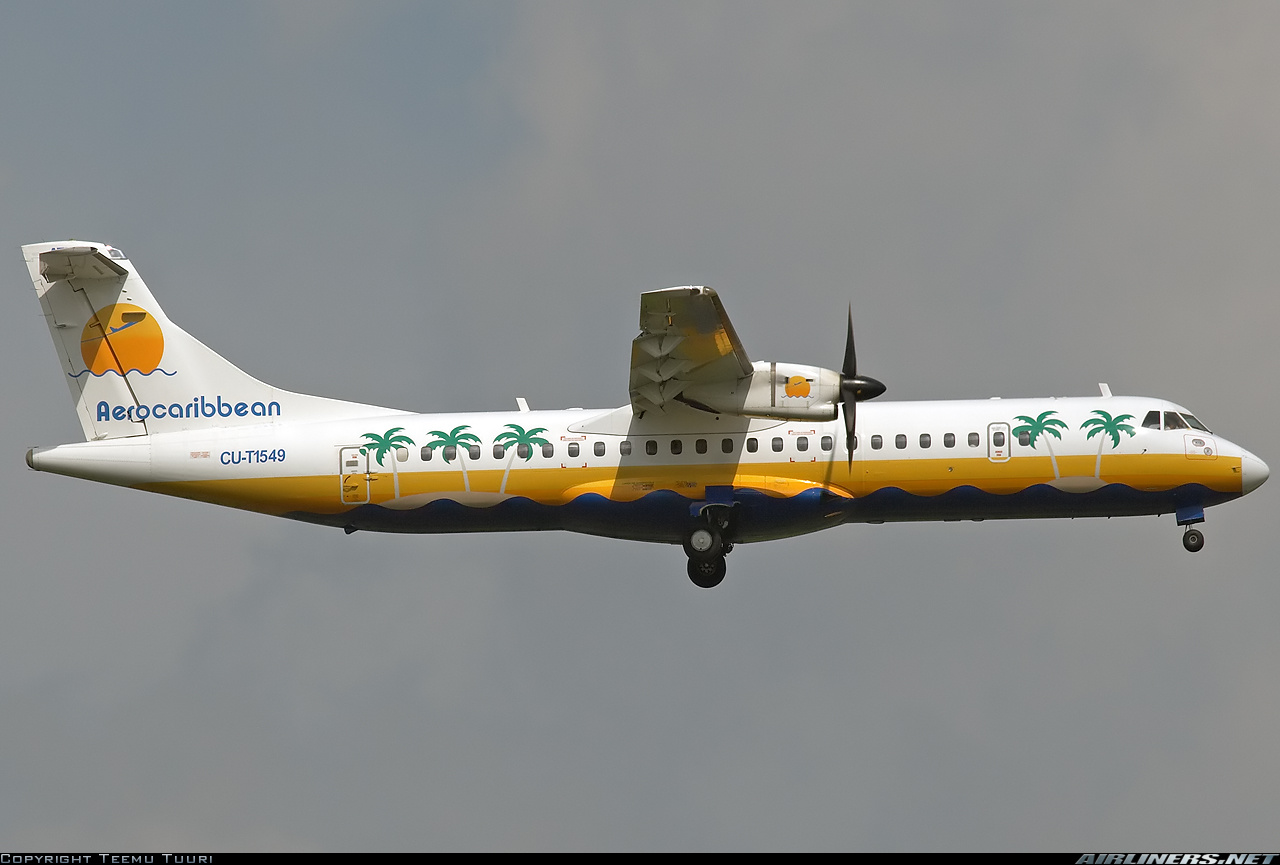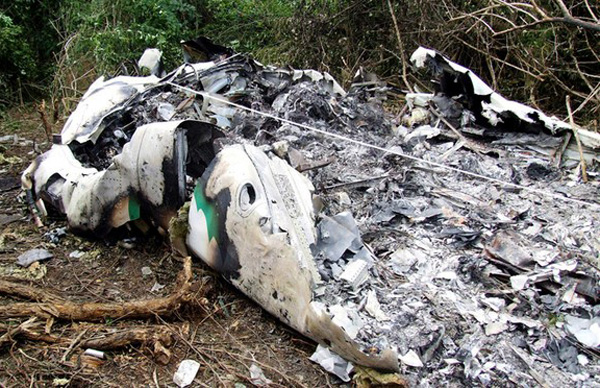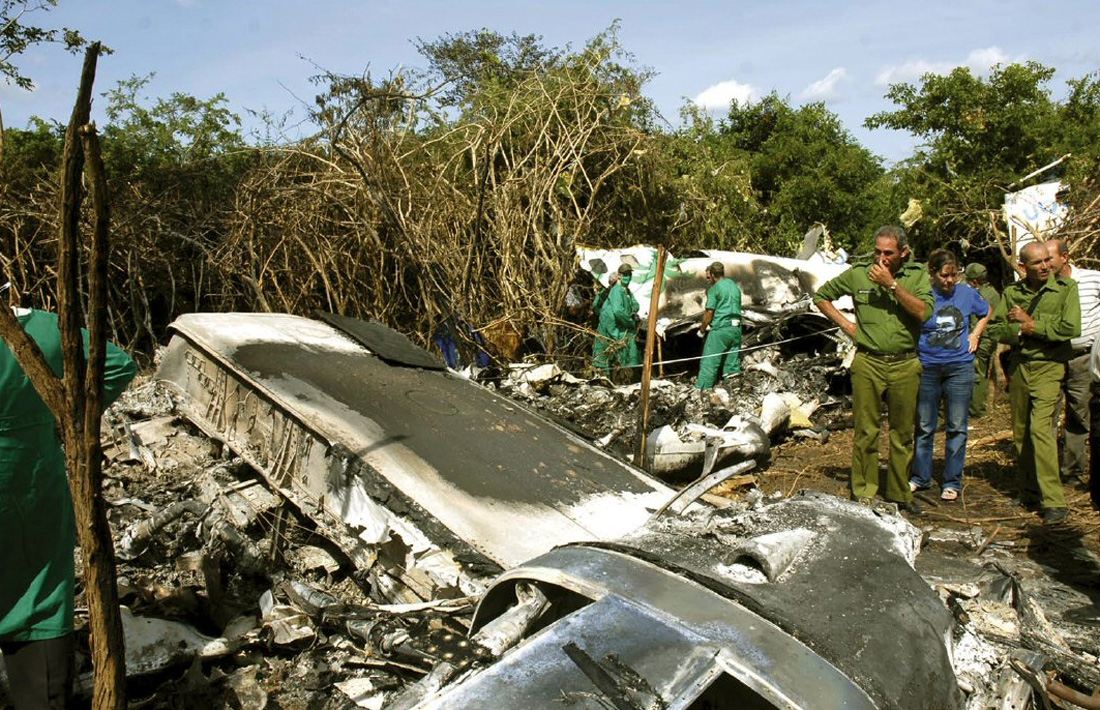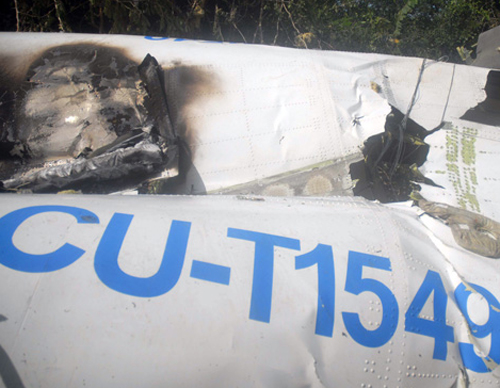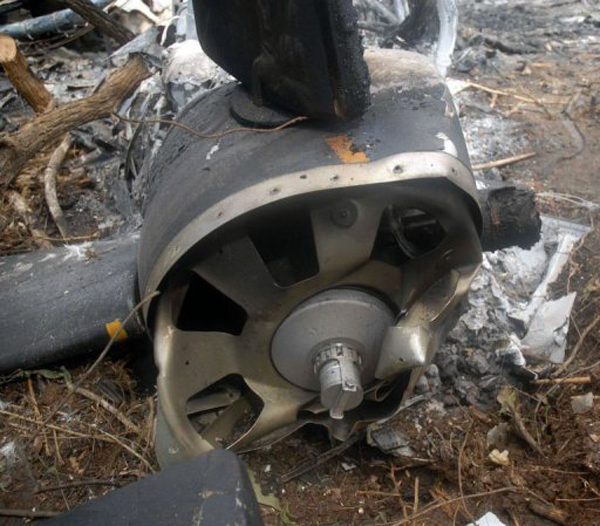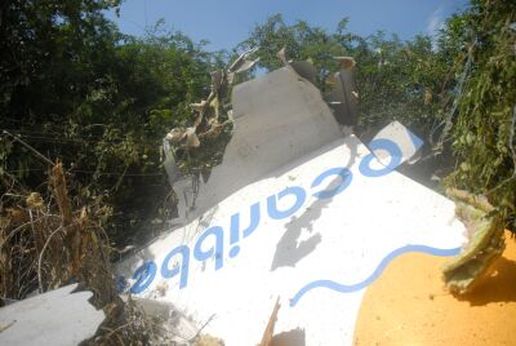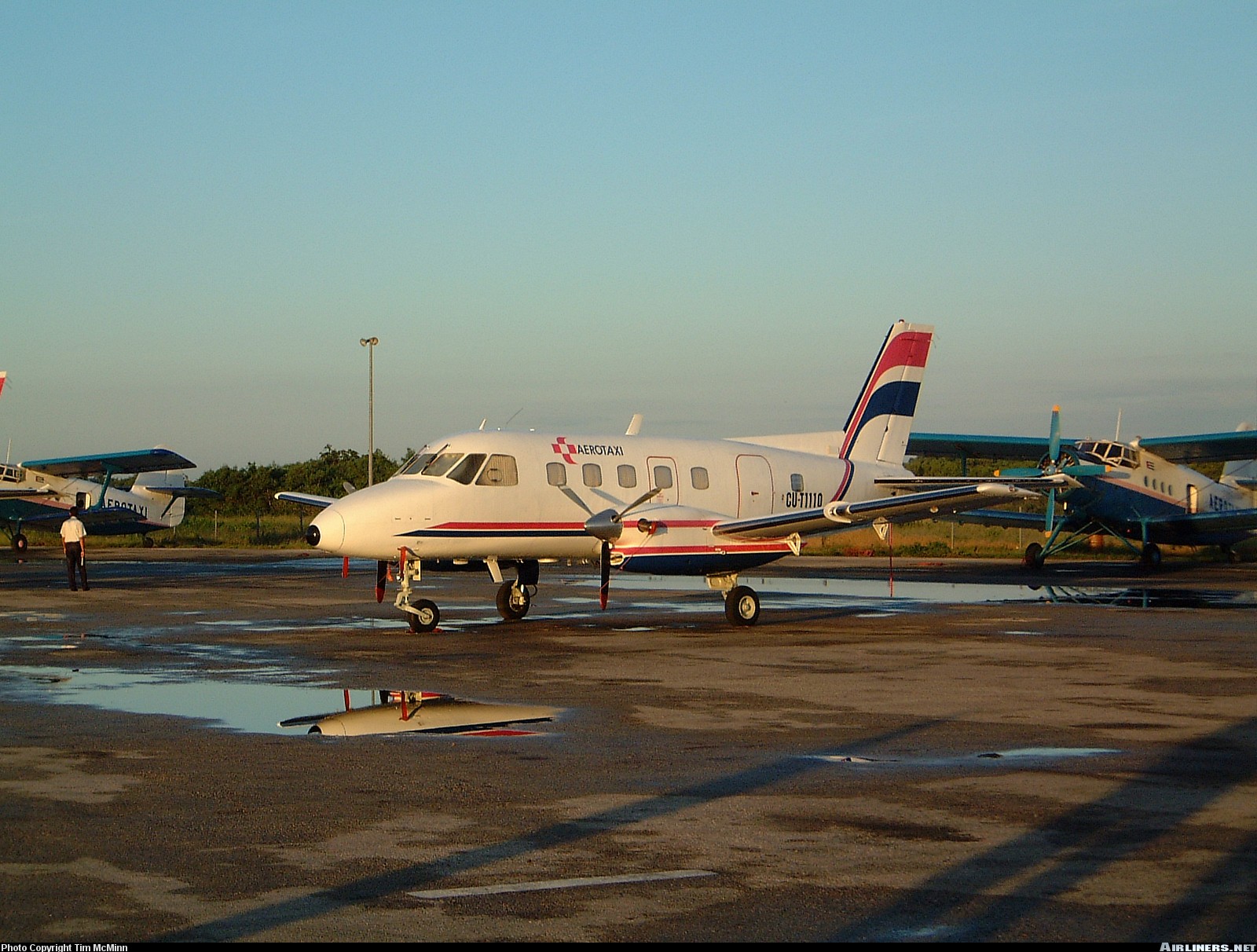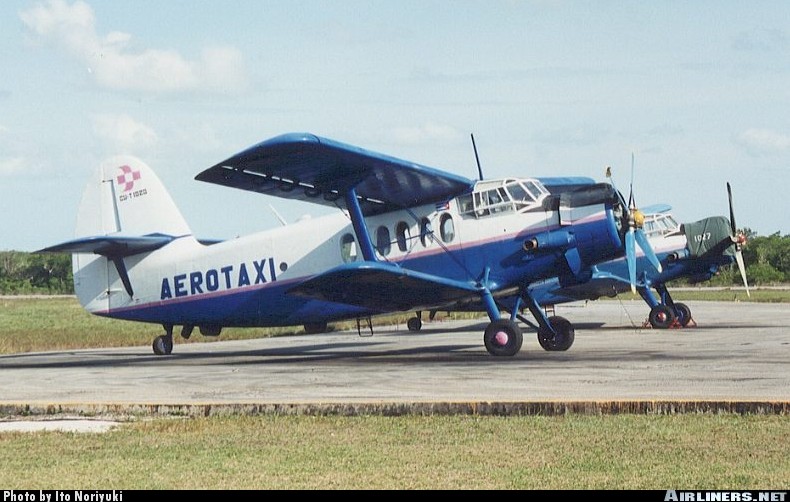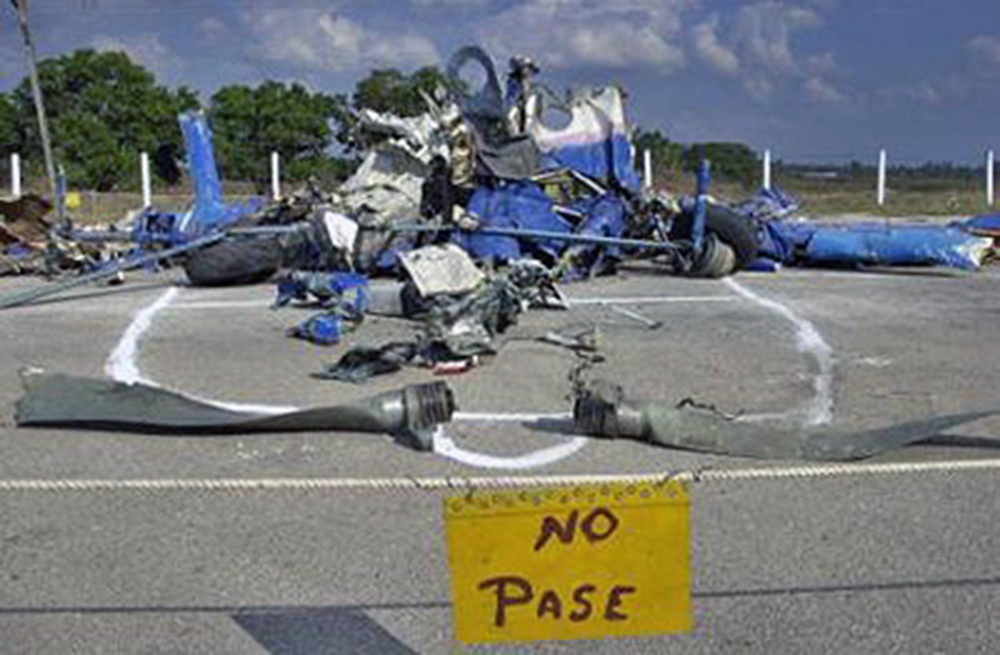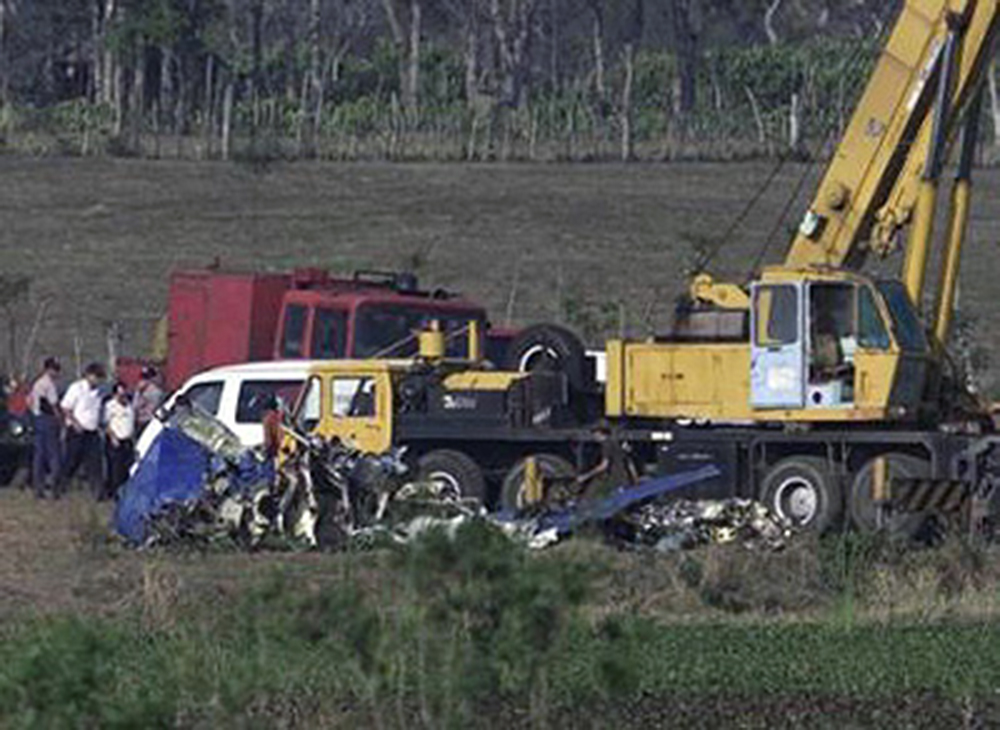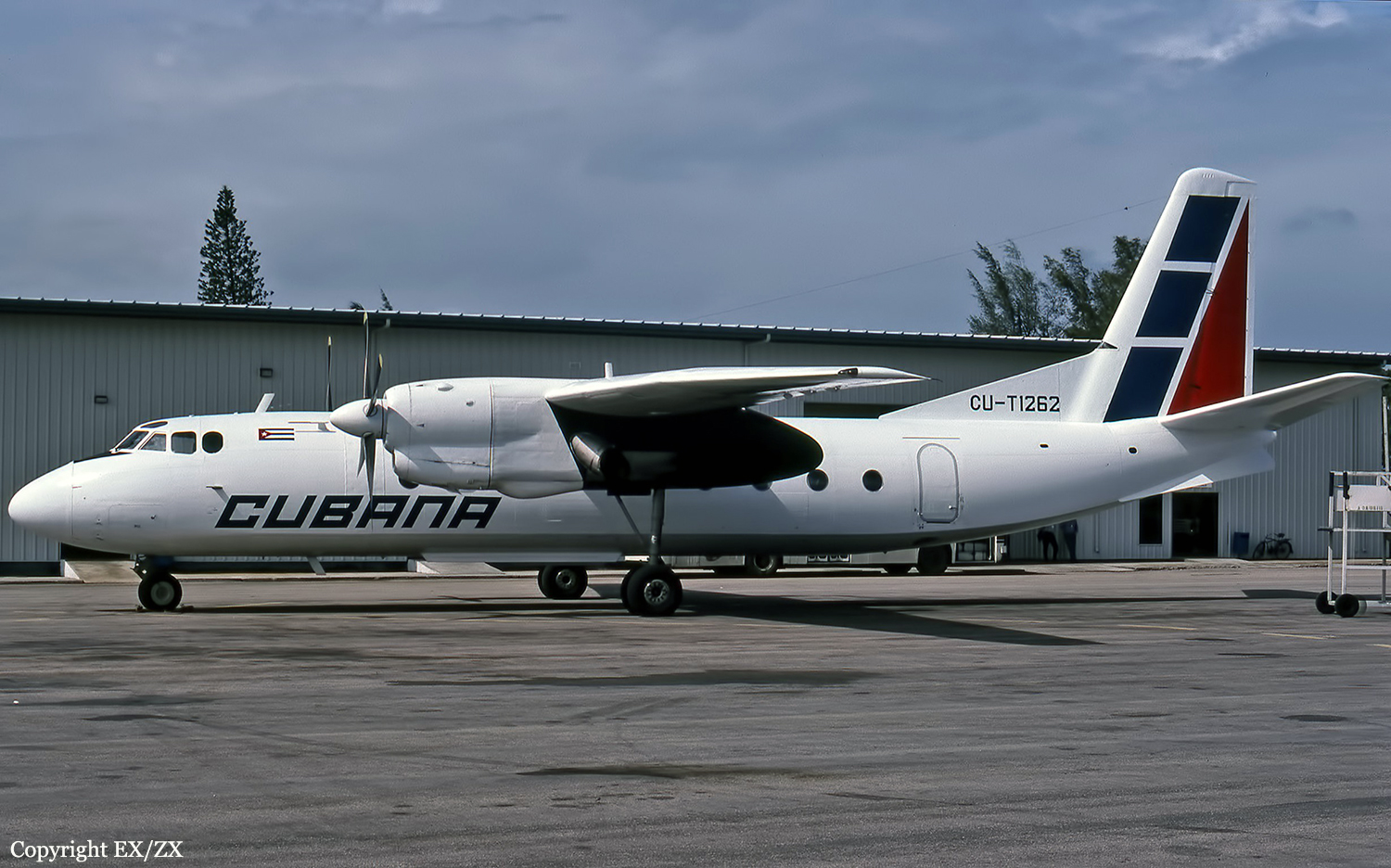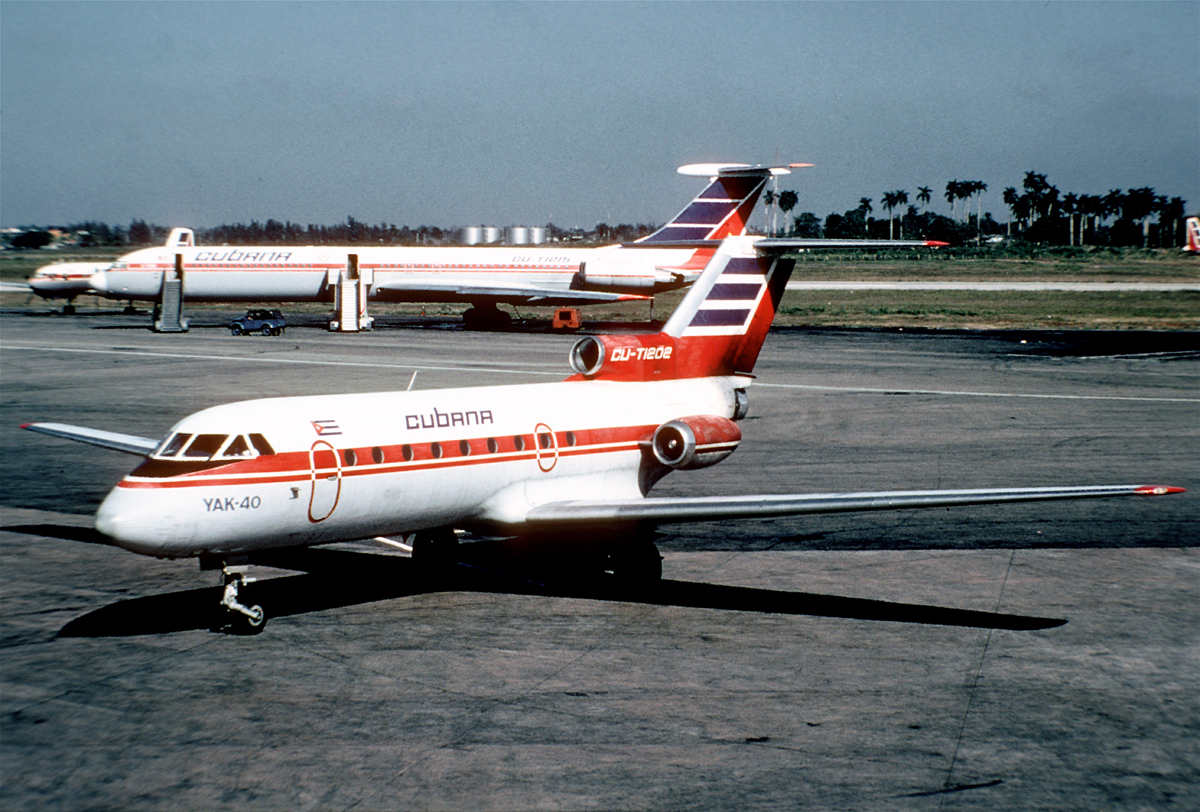Crash of a Boeing 737-201 in Havana: 112 killed
Date & Time:
May 18, 2018 at 1210 LT
Registration:
XA-UHZ
Survivors:
Yes
Schedule:
Havana – Holguín
MSN:
21816/592
YOM:
1979
Flight number:
DMJ972
Crew on board:
6
Crew fatalities:
Pax on board:
107
Pax fatalities:
Other fatalities:
Total fatalities:
112
Aircraft flight hours:
69596
Aircraft flight cycles:
70651
Circumstances:
After takeoff from runway 06 at Havana-José Martí Airport, while in initial climb, the undercarriage were raised when the aircraft entered an excessive nose-up angle of 30°. It rolled to the right then descended until it struck power cables and a railway track before it disintegrated in a field located less than one km east from the airport. Three female passengers were seriously injured while 110 other occupants were killed, among them 102 Cubans, 6 Mexicans (crew) and 2 Argentinians. Three days after the accident, one of the three survivors died from her injuries. A second survivor died one week later, on May 25. The aircraft was operated by Cubana de Aviacíon under a wet lease contract from the Mexican operator Global Air (Damojh Aéreolíneas), and the service was operated under callsign DMJ972.
Probable cause:
Loss of control of the aircraft during initial climb following a chain of human errors in the preparation of the flight and the weight and balance calculation. It was determined that the crew calculated the CofG to be 17,4% while it was actually 28,5%, about 0,5% below the rear limit of 29%. Consequently, the horizontal stabilizer trim was set at 5 3/4 units instead of 3 1/4 units. This caused the aircraft to enter an excessive nose up attitude immediately after liftoff.
The following contributing factors were identified:
- Inconsistencies in crew training,
- Errors in weight and balance calculations,
- Low operational standards manifested in flight.
The following contributing factors were identified:
- Inconsistencies in crew training,
- Errors in weight and balance calculations,
- Low operational standards manifested in flight.
Final Report:



